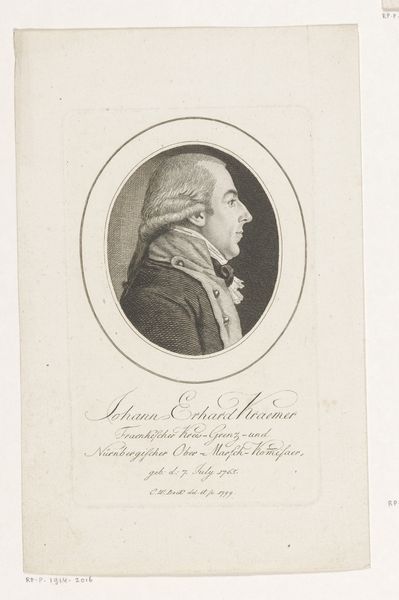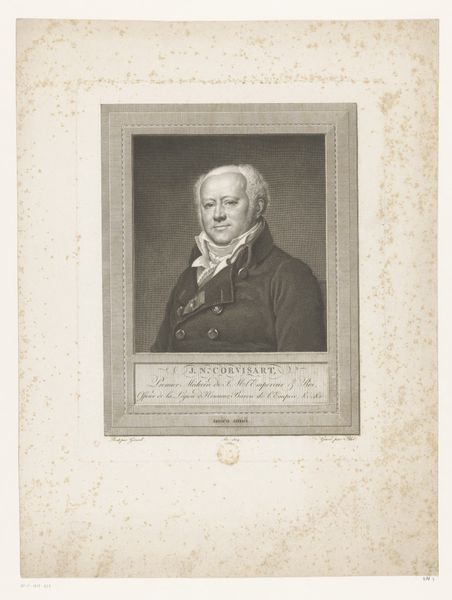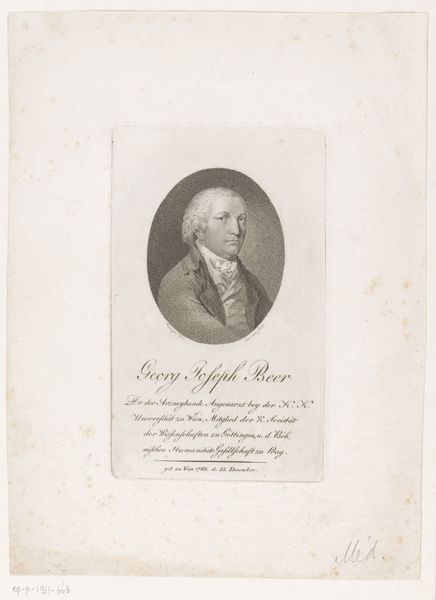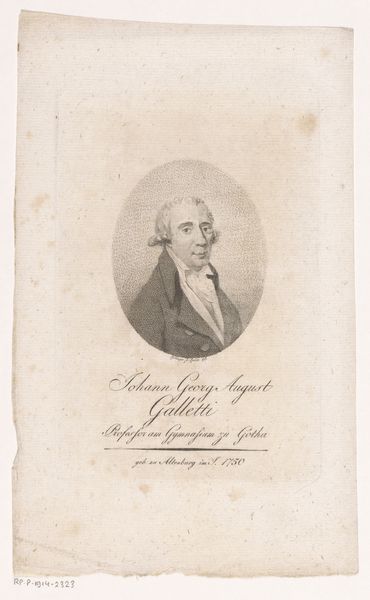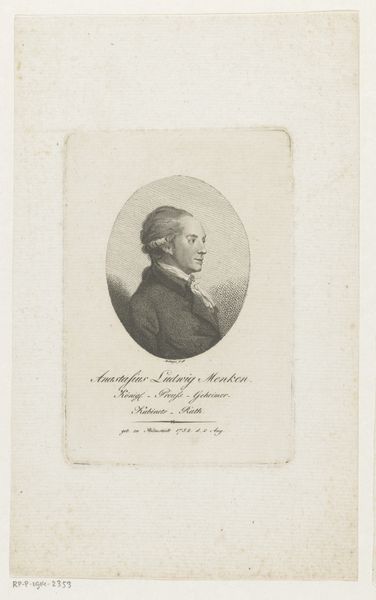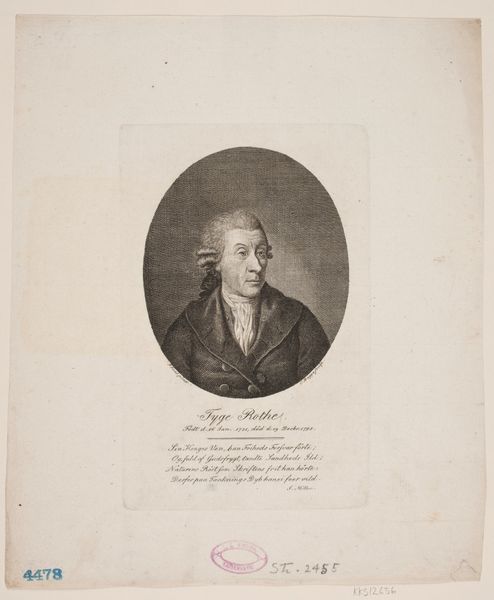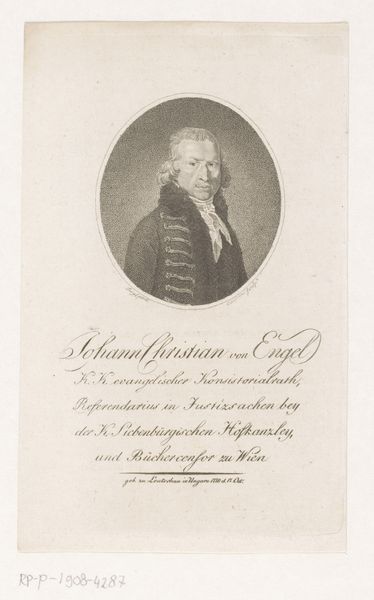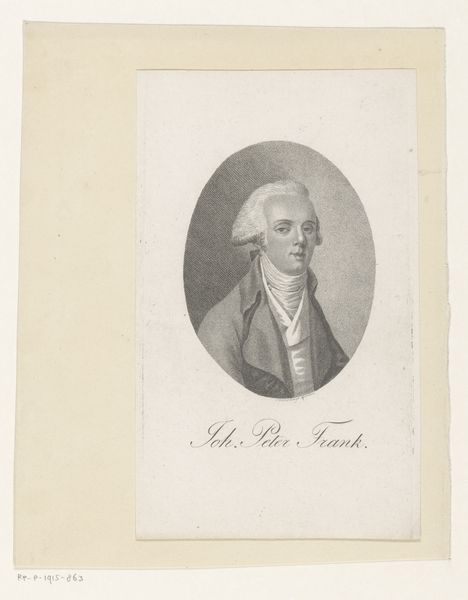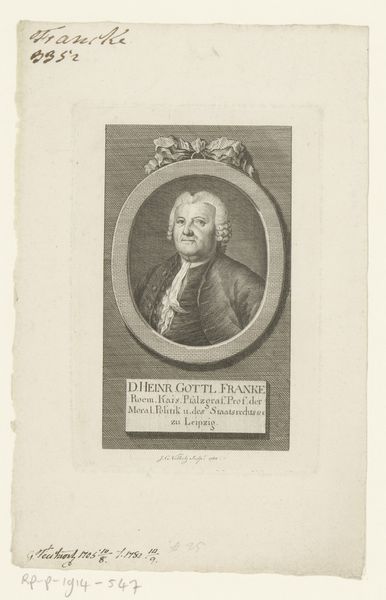
paper, engraving
#
portrait
#
neoclacissism
#
old engraving style
#
paper
#
history-painting
#
engraving
Dimensions: height 160 mm, width 97 mm
Copyright: Rijks Museum: Open Domain
This portrait of Werner Karl Ludwig Ziegler was produced by Johann Daniel Laurenz the Younger, using an engraving technique. The image is made up of thousands of tiny etched lines on a metal plate, which would have been inked and then pressed onto paper. Think of the skill involved, creating those lines. The engraver would have used specialized tools to cut into the metal, controlling the depth and spacing to create areas of light and shadow. This labor-intensive process results in a finely detailed image, capturing Ziegler's likeness and status as both Duke of Mecklenberg and professor of theology. Engraving was a key technology for circulating images and ideas in the 18th and 19th centuries. These prints were relatively affordable, making portraits accessible to a wider audience beyond the wealthy elite. It's important to remember how these forms of production – the skilled labor, the printing press – shaped not only the image itself, but also the society that consumed it. Appreciating the making is key to understanding its cultural significance.
Comments
No comments
Be the first to comment and join the conversation on the ultimate creative platform.
